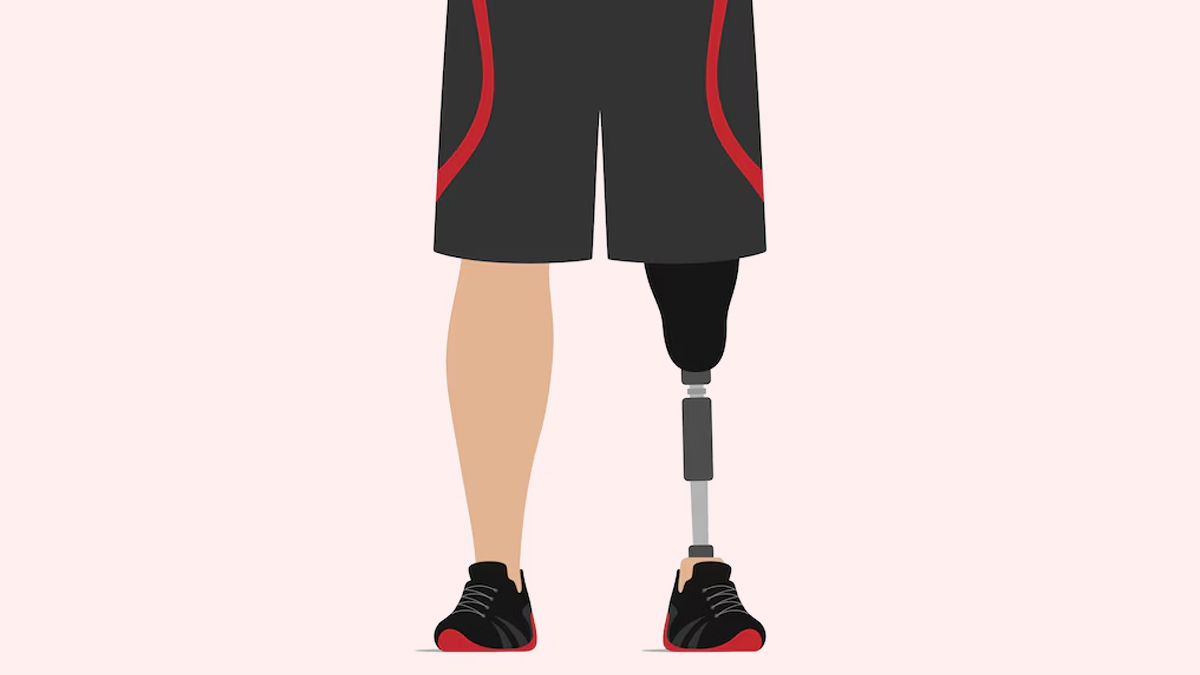
The death of RuPaul’s Drag Race star Jiggly Caliente (Bianca Castro-Arabejo) at age 44 has cast a spotlight on the devastating risks of post-amputation infections. The Filipino-American performer, known for her vibrant energy, underwent a leg amputation on April 24, 2025, due to a severe infection. Despite the surgery, her condition rapidly deteriorated, and she passed away a few days later, surrounded by loved ones. Her tragic case underscores a critical medical reality: amputation. While sometimes life-saving, it carries significant risks-especially when infections take hold. Read ahead to know what leg amputation entails, how infections can lead to fatal outcomes, and what research reveals about this serious complication.
Table of Content:-
What is Leg Amputation?![jiggly caliente death 2 - 2025-04-28T165842.098]()
Dr Lahari Surapaneni, Plastic and Reconstructive Surgeon, CEO of Bangalore Hospitals, Bangalore, explains leg amputation as a surgical removal of bone along with non-viable soft tissue below a certain level of the leg. “It can be above the knee, below the knee , above the ankle, at different levels in the foot. This procedure is typically performed when there is irreversible damage due to trauma, infection, peripheral vascular disease, diabetes-related complications, or malignancy,” she shares.
The expert further explains that the goal of leg amputation is not only to remove diseased or dead tissue to prevent further systemic infection but also to preserve as much limb length as possible, while retaining a good stump for function. Surgeons aim to fashion a residual limb (stump) that can later be fitted with a prosthesis, allowing the patient to regain mobility and maintain a good quality of life.
Proper stump formation is critical; poorly prepared stumps can result from inadequate surgical planning, patient-related complications like infections, or the need to amputate at a higher level to preserve function. Surgical techniques focus heavily on ensuring a stable, well-vascularized, and pain-free stump which is designed for successful rehabilitation with a well serving prosthesis.
ALSO READ: Harry Potter’s Rupert Grint Welcomes Baby No 2, Reveals Name: What Does The Name Means
How Long Does An Amputated Leg Take To Heal?![jiggly caliente leg amputation 1 - 2025-04-28T165845.178]()
Dr Surapaneni explains that the amputated leg generally takes about four weeks to heal under normal conditions. Initial wound care is crucial, with the surgical site requiring proper dressing for at least 7 to 10 days post-operation to allow the suture line to heal appropriately. During this time, preventing infection and promoting tissue regeneration are critical. Healing can vary depending on factors such as the patient’s overall health, presence of infection, blood supply, and the level of amputation. In cases where stump closure is inadequate, additional procedures like skin grafts or flap surgeries may be necessary, leading to prolonged healing times. Surgeons must carefully shape the residual limb to facilitate the later fitting of a prosthetic device, which significantly influences the patient’s functional outcome. Delays in healing are commonly linked to poor vascular supply, infection, or systemic conditions like diabetes, highlighting the importance of multidisciplinary care in post-operative management.
Can It Cause Death?![leg amputation death 3 (95)]()
The leg amputation procedure itself is highly unlikely to directly cause death when performed in a controlled surgical setting. However, the underlying conditions necessitating amputation, such as severe infections (e.g., sepsis), extensive gangrene, or thrombotic (blood clotting) disorders, can significantly increase mortality risk. Death typically results from systemic complications related to the original disease rather than the surgery. For instance, widespread sepsis can lead to multi-organ failure even after successful amputation.
Similarly, coagulopathies (abnormal blood clotting) or severe cardiovascular disease can complicate recovery and increase the risk of fatal outcomes. Intraoperative and postoperative risks like hemorrhage, pulmonary embolism, or cardiac events also exist but are relatively rare with modern surgical techniques and perioperative care.
Therefore, while amputation is generally life-saving, timely identification and management of the primary disease and post-surgical complications are essential to optimise survival outcomes.
ALSO READ: Tina Knowles Sent Beyoncé and Solange to Therapy as Kids to Strengthen Sisterly Bond: Why It Matters
Conclusion
Jiggly Caliente’s untimely death is a sobering reminder of the fragility of recovery after major surgery. While amputations can be lifesaving, infections-whether from preexisting conditions or postoperative complications-pose grave risks. As medical advances continue, her story underscores the need for personalized care, timely interventions, and broader awareness of post-amputation challenges. As tributes pour in from the Drag Race community and fans worldwide, her legacy as a fighter and beacon of authenticity endures, shining a light on both resilience and the urgent need for medical vigilance.
Also watch this video
How we keep this article up to date:
We work with experts and keep a close eye on the latest in health and wellness. Whenever there is a new research or helpful information, we update our articles with accurate and useful advice.
Current Version


-1745841625573.jpg)